- Home
- James Patterson
The Murder of King Tut Page 15
The Murder of King Tut Read online
Page 15
Behind him stood the very attractive Lady Evelyn, along with her father, and Arthur Callender. Farther up the hallway a handful of diggers waited, all hoping for the financial reward that would come if a great discovery was made here today.
Notably absent was Trout Engelbach, the man whose job it was to enter the tomb first. He had left to inspect another dig site several miles away. Carter was supposed to await his return before entering a chamber or tomb. But that was not to be.
When the hole was cleared from the ceiling down to eye level, Carter lit a candle and held it to the opening, checking for foul gases. The candle flickered as air that had been trapped for millennia whooshed from the chamber.
When the flame stopped sputtering, Carter slid the candle through the hole. Next, he pressed his face to the opening, feeling the dust of the centuries against his skin. With one arm inside, holding the candle steady, and his face now looking directly into the chamber, he studied what he could make out in the darkness.
“At first I could see nothing,” wrote Carter. “But presently, as my eyes grew accustomed to the light, details from the room within slowly emerged from the mist. Strange animals, statues and gold-everywhere the glint of gold. For the moment-an eternity it must have been to the others standing by-I was struck dumb with amazement.”
“Can you see anything?” Lord Carnarvon asked impatiently, his head close to Carter’s ear.
“Yes,” Carter responded. “Wonderful things.”
Chapter 88
Valley of the Kings
November 26, 1922
“LET ME HAVE A LOOK,” the earl demanded. “It’s my turn to see. It’s my turn now.”
Carter not-so-politely ignored him. He had waited too many years for this incredible moment. If anything, it was even better than he could have imagined. He had finally done it! Wonderful things.
Carter handed the candle to Callender, exchanging it for a flashlight. He played the beam slowly over the contents of the chamber, spellbound. “Never before in the whole history of excavation,” Carter wrote, “had such an amazing sight been seen as the light of the electric torch revealed to us.”
“Wonderful things.” Carter taking his first look inside the tomb of Tut.
This tomb-or cache or whatever it was-did not merely hold a few stray pieces of antiquity. Rather, it overflowed with gold and other priceless treasures.
Carter’s eyes now began to distinguish shapes, and he mentally cataloged the amazing contents.
Straight ahead were “three great gilt couches, their sides carved in the form of monstrous animals, curiously attenuated in body, as they had to be to serve their purpose, but with heads of startling realism.”
“Next, on the right,” he would later write, “two life-sized figures of a king in black facing each other like sentinels, gold kilted, gold sandaled, armed with mace and staff, the protective sacred cobra upon their foreheads.”
There was so much more: inlaid baskets, alabaster vases, bouquets of golden flowers and leaves, and a gold and wood throne with a delicately carved inlay.
The room was packed floor to ceiling with furniture, statues, pottery, and all the accoutrements of a wealthy Egyptian.
Then, even as Carter tried desperately to maintain his vigil, he felt a pair of wiry hands yanking him backward, “like a cork from a bottle.”
It was Carnarvon.
Planting his feet firmly on the stone floor, the surprisingly powerful earl took hold of Carter’s shoulders and finally muscled him aside. The earl was not in good health, so the effort left him breathless.
Yet all was forgotten as he snatched the flashlight from Carter’s hand and pressed his nose through the opening.
Once again, Carnarvon was rendered breathless.
Behind Carnarvon stood Carter, slouched against the wall and beaming at Lady Evelyn. Her eyes were riveted on Carter, in awe of the great discovery, but even more, of Carter’s passion for his work. Lady Evelyn was one of England ’s leading debutantes, a woman destined for a life of wealth and status. Howard Carter was many steps beneath her on the social ladder. Yet as she had become her father’s companion on trips to Egypt over the previous two years, the attraction between Carter and her had become intense. Lord Carnarvon had taken to keeping a close eye on them.
Only now he wasn’t looking. So Carter and Evelyn locked eyes in the dank hallway, “the exhilaration of discovery” bubbling between them. They were struggling to hide their emotions from Callender.
A dazzled Lord Carnarvon finally turned round, gesturing that it was Evelyn’s turn to look inside. “Come, come. It’s amazing, my dear! You must see for yourself.”
Only then did Carter’s focus return, allowing him to ask himself the most obvious question: If this is a tomb, then where is the mummy?
Chapter 89
Valley of the Kings
November 26, 1922
UNFORTUNATELY, THERE WOULD BE a major problem in looking for the mummy.
The wording of Lord Carnarvon’s concession to dig in the valley implied that a tomb’s discoverer had the right to enter first. However, as Trout Engelbach had made abundantly clear two days earlier, the Antiquities Service’s understanding of the wording was quite different.
Acting under orders from his boss-a Frenchman named Pierre Lacau-Engelbach now demanded that a member of his staff be on hand for the opening of any chamber. The penalty for ignoring that order was severe-Carter and Carnarvon could forfeit much of their claim to the treasure inside.
After all those years of searching, impatience now could mean they’d end up with nothing.
And though Engelbach had left Carter’s dig site, he had designated his Egyptian deputy, Ibrahim Effendi, to carry out that task in his absence. But as Carter and his group stood before the second doorway, Effendi too was no longer in the valley. He had returned to Luxor, awaiting news from Carter.
Now Carter and his group were faced with a dilemma: send for Effendi, or break on through to the other side without him.
Carter did both.
Swearing everyone in the tunnel to secrecy, including the Egyptian diggers, Carter wrote a hasty note informing the Antiquities Service of what he’d found. Then he handed the note to one of the diggers and ordered him to wait until nightfall before delivering it.
Next, he again turned his attention to the wall. He enlarged the hole even more.
He was going inside to find the mummy.
Chapter 90
Valley of the Kings
November 26, 1922
LADY EVELYN WAS the smallest of the bunch and was the first to wriggle through the opening. She found herself transfixed by ghostly alabaster vases, and Carter enlarged the hole so Lord Carnarvon and Arthur Callender could also squeeze through. Then he entered what would become known as the antechamber.
The room was a small rectangle, twelve feet deep by twenty-six feet wide. The ceilings were low to the point of claustrophobia, and the walls undecorated, which was odd, Carter thought. Why hadn’t the chamber been properly finished?
The air smelled not just of dust and time but also of perfumes and exotic woods. “The very air you breathe, unchanged through the centuries,” marveled Carter.
The group was jumpy now, as if the chamber were haunted.
Carter was surprised to find himself humbled by the timelessness of the moment. There were footprints in the dust from thousands of years earlier, and a container still held the mortar used to build the door. “The blackened lamp, the finger mark upon the freshly painted surface, the farewell garland dropped upon the threshold-you feel it might have been just yesterday,” Carter mused.
The four modern-day intruders shone the flashlight about the room, setting aside all historical propriety to hold the golden relics in their bare hands.
Carter opened a small casket painted with images of a pharaoh-Tut?-slaying his enemies in battle. Inside were a pair of ancient sandals and a robe festooned with brightly colored beads.
Lady Ev
elyn gasped with delight as she came across a golden throne with images of a pharaoh and his queen depicted in lapis lazuli. The pair were obviously very much in love, as demonstrated by the tender way the queen seemed to be touching her king.
To Carter’s eyes, it was “the most beautiful thing that has ever been found in Egypt.”
Outside, darkness fell. The workers and any remaining spectators had finally left for home. Inside the antechamber, Carter’s group continued to revel in discovery after discovery.
But Carter was still not satisfied. A great mystery remained unsolved. He probed the walls, searching for signs of other chambers.
At one point he came upon a tiny hole and pointed his flashlight through the opening. On the other side lay a very small room, also overflowing with treasure.
There was no sign of a mummy, so Carter resisted the urge to tear down the doorway.
He continued searching, running his hands along the smooth walls, looking for signs of a concealed opening. At last, he found one! On the far right wall, two statues loomed on either side of yet another sealed doorway.
The statues were apparently sentinels, standing guard over the opening, as they had for centuries. “We were but on the threshold of discovery,” he would write, still trying to wrap his mind around the stunning evidence. “Behind the guarded door there would be other chambers, possibly a succession of them, and in one of them, beyond a shadow of a doubt, in all his magnificent panoply of death, we shall see the pharaoh lying.”
Once again, Carter was faced with the dilemma of whether or not to wait before making a hole in the wall.
Once again, Carter chose to ignore the possible political consequences and see what was on the other side. He only hoped his decision wouldn’t prove disastrous at some future time.
But of course, it would.
Chapter 91
Valley of the Kings
November 26, 1922
AT THE BOTTOM right corner of the hidden doorway, Carter found a three-foot-tall hole that had been plastered over at some time in antiquity. This was a sign that tomb robbers had preceded him.
For the third time that day, Carter chipped away at some thief’s ancient plasterwork, pulled back the stones that had been used to build an impromptu wall, and shone his light through.
At first it didn’t look like much. A narrow hallway?
Carter slid through ahead of the others. He went feetfirst, dropping down into a sunken room.
He scanned the narrow walls with his flashlight.
At first it appeared that the light was playing a trick on him.
Then he realized that one of the walls was not a wall at all. He was inside a stunning square chamber, not a narrow hallway.
The low wall that confused him was actually a shrine. It was decorated in blue faience and gold.
He had found the burial chamber.
Chapter 92
Valley of the Kings
November 26, 1922
AS LADY EVELYN and Lord Carnarvon hurried to join him-Callender was too portly to squeeze through-Carter examined the shrine.
He was facing a pair of mighty wooden doors secured with an ebony bolt. Inside, as Carter well knew, would be several smaller shrines like this one. Only after each shrine had been opened would he be able to see the sarcophagus, coffins-and the mummy itself.
At this thought, Carter’s heartbeat quickened. There was definitely a mummy here. There was no way tomb robbers could have stolen the body without destroying the shrines, and these shrines were in pristine condition.
With Carnarvon’s help, Carter slowly and carefully slid back the bolt. The doors swung on their hinges. A linen shroud decorated with gold rosettes was draped over the next shrine. One rosette fell away as the door was opened. Carter slipped it into his pocket without a second thought.
Now he lifted the shroud and saw further evidence that the mummy had not been disturbed: on the bolts of yet another opening, to yet another shrine, was a royal seal. It was the royal necropolis stamp, with a jackal and nine bound captives, signifying that a pharaoh lay within.
By now, it was almost morning. The group explored a while longer, but soon they left. The Carnarvons needed rest. They weren’t used to the heat or the manual labor. Even Carter needed a break, though for him a short one would suffice.
They climbed the steps, walking from the ancient past to the cool predawn air of the present in just a few seconds.
Carter’s men were still standing guard. They helped secure the tomb for the night and would remain there to protect it from possible invaders.
The greatest day of Howard Carter’s life was done.
Chapter 93
Valley of the Kings
December 1922
BACK AT “CASTLE CARTER”-as the news of his discovery sped around the world via cable and telephone-Carter took a moment to think about what he had found and the consequences of that discovery.
The specter of Tut’s death hung over Carter as he peered out at the valley from his home’s lofty viewpoint. He struggled to make sense of the findings inside the tomb-the toy sailboats, the chariots, the golden shrines and shabtis and jeweled amulets-and wondered how a young man so full of life had come to die. Even more mysterious to Carter: Why was the tomb located where it was? And where was the queen buried?
“Politically we gather that the king’s reign and life must have been a singularly uneasy one. It may be that he was the tool of obscure political forces working behind the throne.”
Carter couldn’t help mentally cataloging the valuable artifacts he had found. He wrote of a “painted wooden casket found in the chamber, its outer face completely covered with gesso.” He noted cosmetic jars portraying “bulls, lions, hounds, gazelle, and hare.” Most touching, he thought, were “episodes of daily private life of the king and queen.” But where was her coffin?
He was struck by a painting that depicted Tut accompanied by a pet lion cub and shooting wild ducks with bows and arrows, “whilst, at his feet, squats the girlish queen.” Another such scene showed the young queen offering Tut “libations, flowers, and collarettes.” Still another showed the pharaoh pouring sweet perfume on his queen as they rested together. He had the sense of how young they both were-and how much in love.
Carter was astounded by the gold and jewels found inside the tomb, but he was also stunned by what seemed to be an arsenal.
In the room off the burial chamber, the one with unpainted walls that Carter referred to as the treasury, and in the small room off the antechamber known as the annex, he had discovered an enormous stockpile of weapons: thirteen composite bows, three self bows, and two quivers, one made of linen, and one of durable leather; two hundred seventy-eight arrows, many with bronze arrowheads; and an elaborately carved bow case decorated in gold leaf.
The tomb of King Tut. Because it was small in comparison with many other royal tombs, each room was packed with Tut’s belongings.
The largest bow suggested that Tut was a man of some strength, as it was more than six feet in length.
Certainly, Tut was no peaceful king. And just as certainly, he had a fondness for pursuits other than archery. The annex also contained throw sticks; several shields; a leather cuirass that would have been fitted to protect Tut’s chest and shoulders; as well as swords, boomerangs, clubs, and daggers.
Tut clearly was not his father’s son. “The possessor of the bow could bring down the fleetest of animals and defend himself against the enemy,” Carter noted.
In one corner, lost amid the towering bows of the hunt and war, was one Tut would have shot as a child. It was just a foot and a half tall, and its lone arrow was six inches long.
Carter again found himself wondering about the circumstances surrounding Tut’s death and concluded that it might not have been an accident. “The sense of premature loss faintly haunts the tomb. The royal youth, obviously full of life and capable and enjoying it, had started, in very early manhood-who knows under what tragic circumstance
s?-on his last journey from the radiant Egyptian skies into the gloom of that tremendous Underworld,” he wrote.
Chapter 94
Valley of the Kings
February 16, 1923
TIME TO OPEN the burial chamber.
Carter had never told Trout Engelbach that he had already entered the chamber, so when the day of the “official” opening arrived, he had to pretend to be curious about what might be inside. And he had to be more convincing now than ever. As news of the great discovery had spread around the world, pandemonium had erupted in Luxor. Suddenly, Howard Carter was a star and a significant historical player.
Beyond that, a certain divisiveness had set in, with Egyptian bureaucrats and foreign hangers-on all trying to get a piece of the action.
“Telegrams poured in from every quarter of the globe. Within a week or two the letters began to follow them, a deluge of correspondence that has persisted ever since,” noted Carter.
Letters of congratulation gave way to “offers of assistance; requests for souvenirs-even a few grains of sand from above the tomb would be received so thankfully; fantastic money offers, from moving picture rights to copyrights on fashions of dress; advice on the preservation of antiquities; and the best methods of appeasing evil spirits and elementals.”
For a man like Carter, so fond of introspection and relative quiet, things were getting completely out of hand. No one could have predicted this, least of all himself or his detractors in Luxor.
“The Winter Palace is a scream,” noted Egyptologist Arthur Mace, whom Carter had recruited to join the excavation party. “No one talks of anything but the tomb; newspaper men swarm, and you daren’t say a word without looking around to see if anyone is listening. Some of them are trying to make mischief between Carnarvon and the Department of Antiquities, and all Luxor takes sides one way or the other. Archaeology plus journalism is bad enough, but when you add politics, it becomes a little too much.”

 Miracle at Augusta
Miracle at Augusta The Store
The Store The Midnight Club
The Midnight Club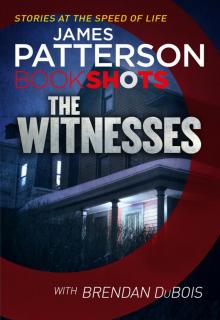 The Witnesses
The Witnesses The 9th Judgment
The 9th Judgment Against Medical Advice
Against Medical Advice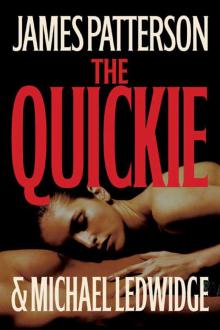 The Quickie
The Quickie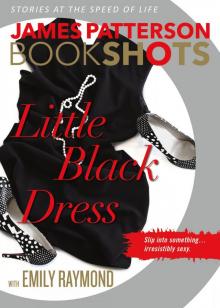 Little Black Dress
Little Black Dress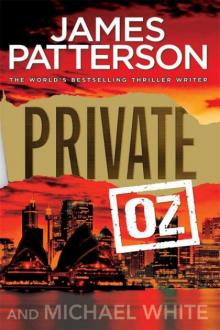 Private Oz
Private Oz Homeroom Diaries
Homeroom Diaries Gone
Gone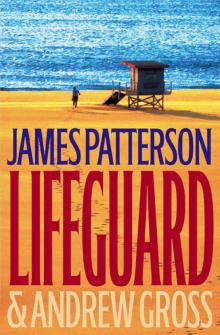 Lifeguard
Lifeguard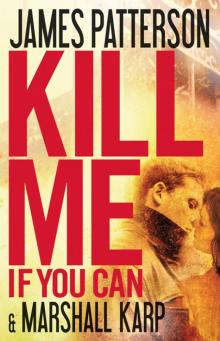 Kill Me if You Can
Kill Me if You Can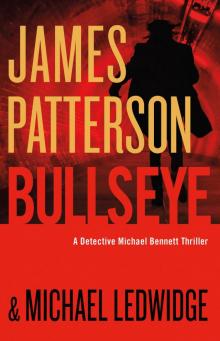 Bullseye
Bullseye Confessions of a Murder Suspect
Confessions of a Murder Suspect Black Friday
Black Friday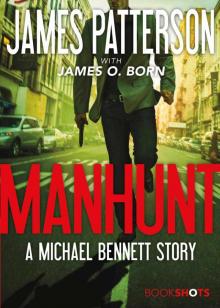 Manhunt
Manhunt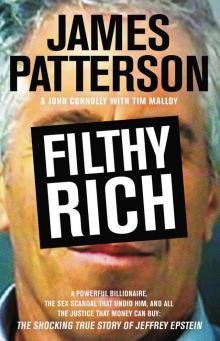 Filthy Rich
Filthy Rich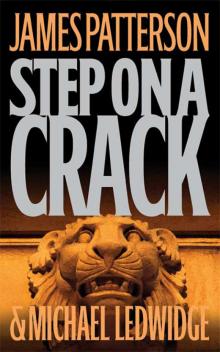 Step on a Crack
Step on a Crack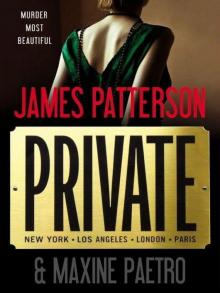 Private
Private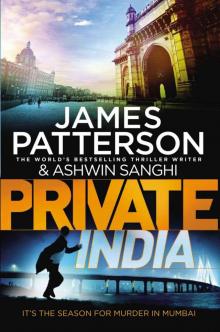 Private India
Private India Game Over
Game Over Private Sydney
Private Sydney The Murder House
The Murder House Mistress
Mistress I, Michael Bennett
I, Michael Bennett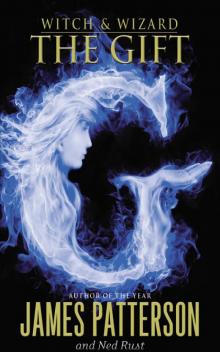 The Gift
The Gift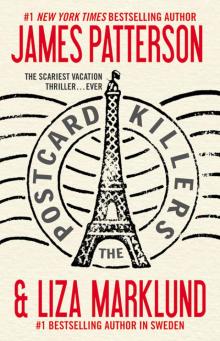 The Postcard Killers
The Postcard Killers The Shut-In
The Shut-In The House Husband
The House Husband The Lost
The Lost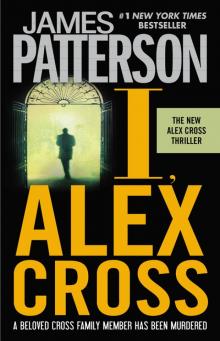 I, Alex Cross
I, Alex Cross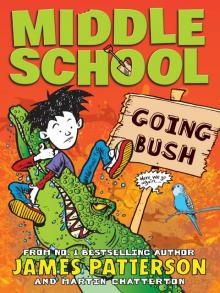 Going Bush
Going Bush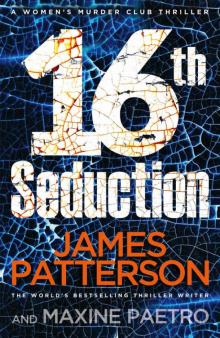 16th Seduction
16th Seduction The Jester
The Jester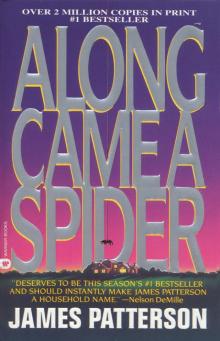 Along Came a Spider
Along Came a Spider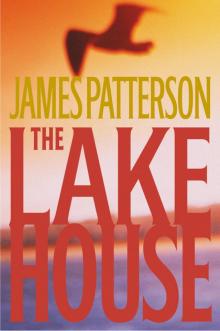 The Lake House
The Lake House Four Blind Mice
Four Blind Mice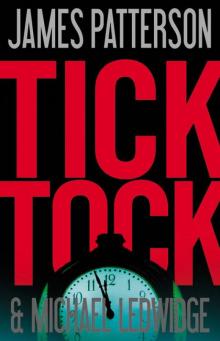 Tick Tock
Tick Tock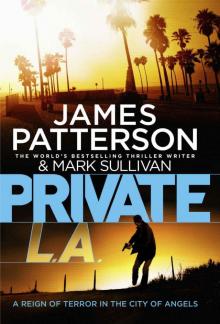 Private L.A.
Private L.A.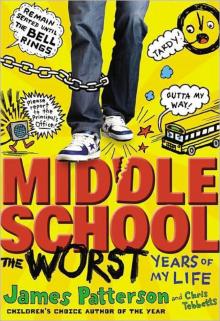 Middle School, the Worst Years of My Life
Middle School, the Worst Years of My Life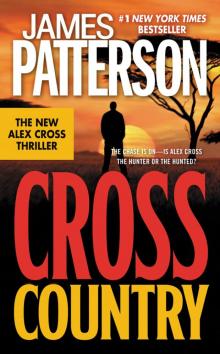 Cross Country
Cross Country The Final Warning
The Final Warning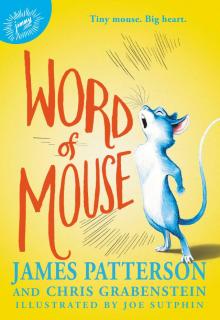 Word of Mouse
Word of Mouse Come and Get Us
Come and Get Us Sail
Sail I Funny TV: A Middle School Story
I Funny TV: A Middle School Story Private London
Private London Save Rafe!
Save Rafe! Swimsuit
Swimsuit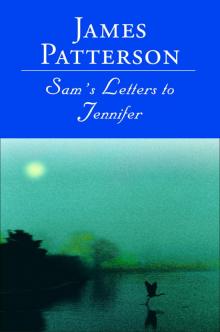 Sam's Letters to Jennifer
Sam's Letters to Jennifer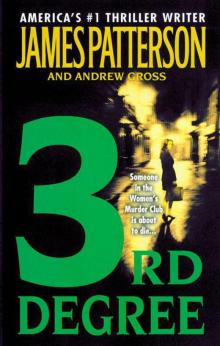 3rd Degree
3rd Degree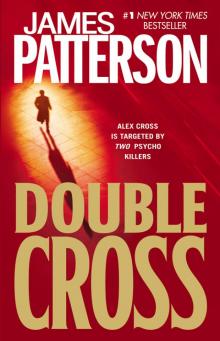 Double Cross
Double Cross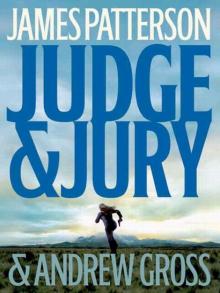 Judge & Jury
Judge & Jury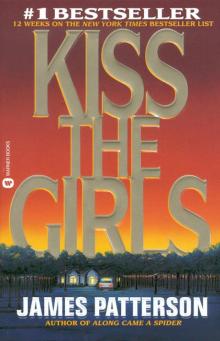 Kiss the Girls
Kiss the Girls Second Honeymoon
Second Honeymoon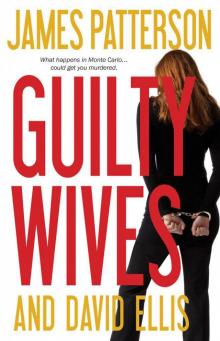 Guilty Wives
Guilty Wives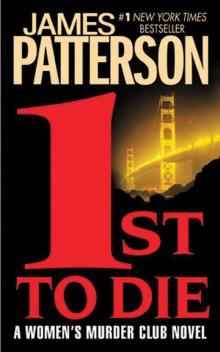 1st to Die
1st to Die NYPD Red 4
NYPD Red 4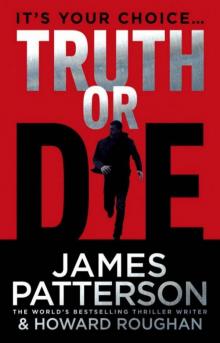 Truth or Die
Truth or Die Private Vegas
Private Vegas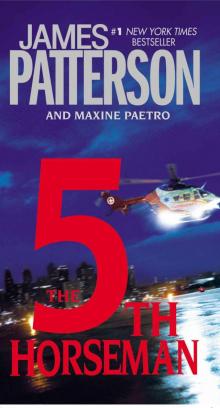 The 5th Horseman
The 5th Horseman 7th Heaven
7th Heaven I Even Funnier
I Even Funnier Cross My Heart
Cross My Heart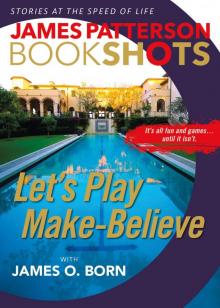 Let’s Play Make-Believe
Let’s Play Make-Believe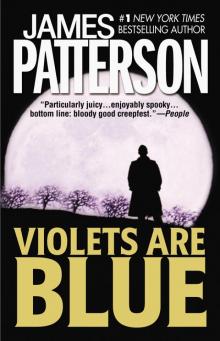 Violets Are Blue
Violets Are Blue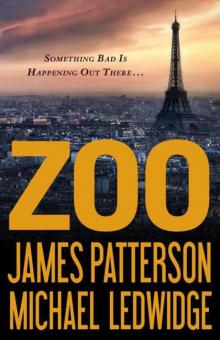 Zoo
Zoo Home Sweet Murder
Home Sweet Murder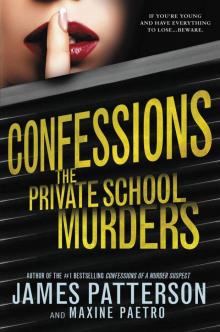 The Private School Murders
The Private School Murders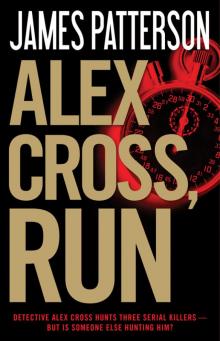 Alex Cross, Run
Alex Cross, Run Hunted: BookShots
Hunted: BookShots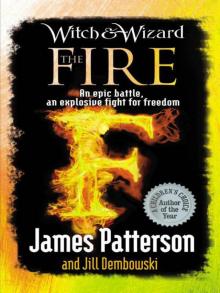 The Fire
The Fire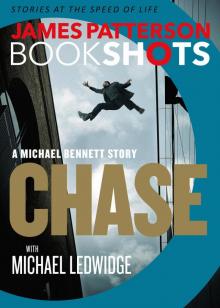 Chase
Chase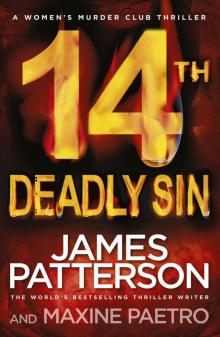 14th Deadly Sin
14th Deadly Sin Bloody Valentine
Bloody Valentine The 17th Suspect
The 17th Suspect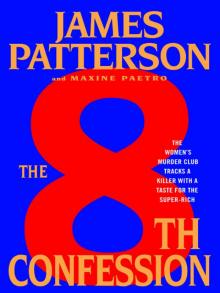 The 8th Confession
The 8th Confession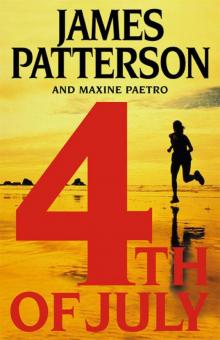 4th of July
4th of July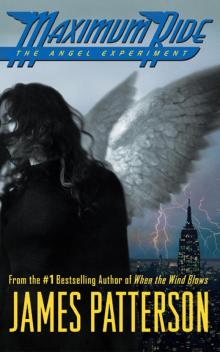 The Angel Experiment
The Angel Experiment Crazy House
Crazy House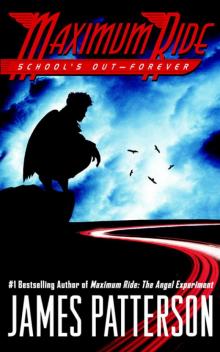 School's Out - Forever
School's Out - Forever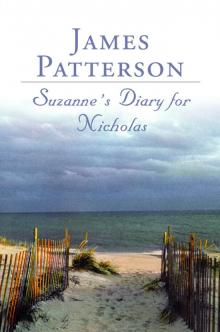 Suzanne's Diary for Nicholas
Suzanne's Diary for Nicholas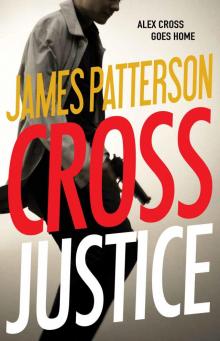 Cross Justice
Cross Justice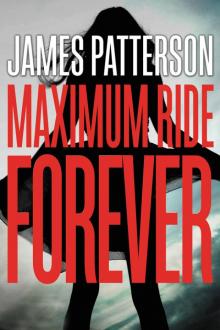 Maximum Ride Forever
Maximum Ride Forever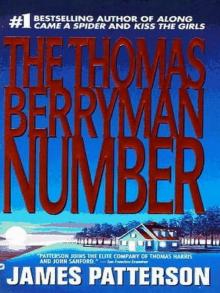 The Thomas Berryman Number
The Thomas Berryman Number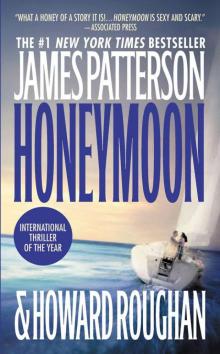 Honeymoon
Honeymoon The Medical Examiner
The Medical Examiner Killer Chef
Killer Chef Private Princess
Private Princess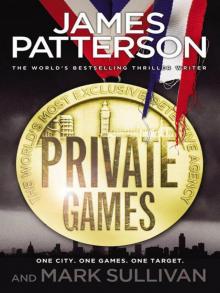 Private Games
Private Games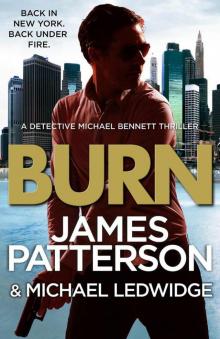 Burn
Burn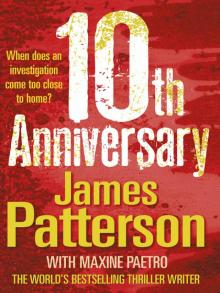 10th Anniversary
10th Anniversary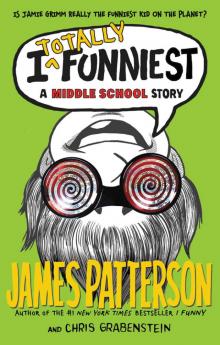 I Totally Funniest: A Middle School Story
I Totally Funniest: A Middle School Story Taking the Titanic
Taking the Titanic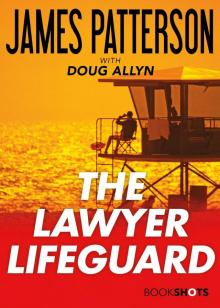 The Lawyer Lifeguard
The Lawyer Lifeguard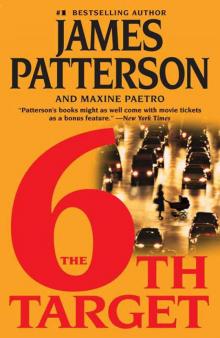 The 6th Target
The 6th Target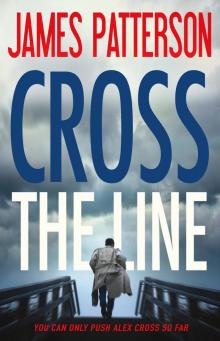 Cross the Line
Cross the Line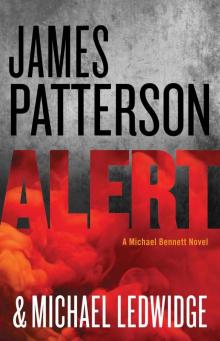 Alert
Alert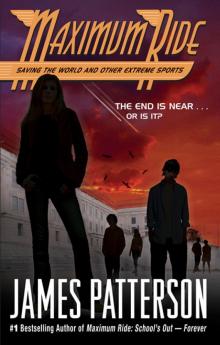 Saving the World and Other Extreme Sports
Saving the World and Other Extreme Sports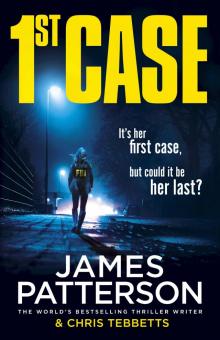 1st Case
1st Case Unlucky 13
Unlucky 13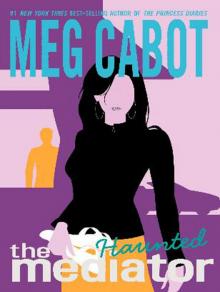 Haunted
Haunted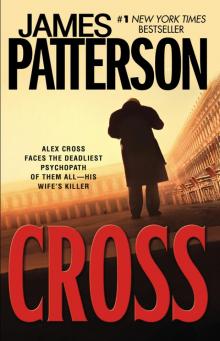 Cross
Cross Lost
Lost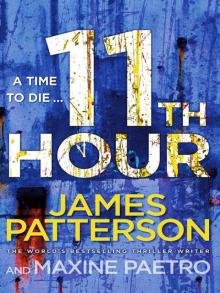 11th Hour
11th Hour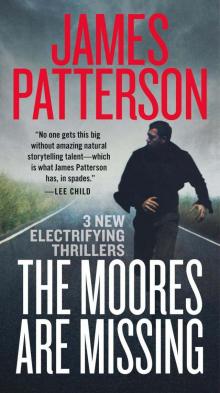 Bookshots Thriller Omnibus
Bookshots Thriller Omnibus Target: Alex Cross
Target: Alex Cross Hope to Die
Hope to Die The Noise
The Noise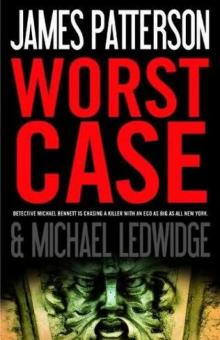 Worst Case
Worst Case Dog's Best Friend
Dog's Best Friend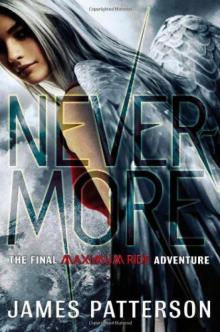 Nevermore: The Final Maximum Ride Adventure
Nevermore: The Final Maximum Ride Adventure I Funny: A Middle School Story
I Funny: A Middle School Story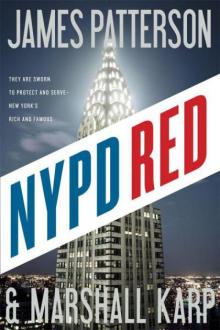 NYPD Red
NYPD Red Till Murder Do Us Part
Till Murder Do Us Part Black & Blue
Black & Blue Fang
Fang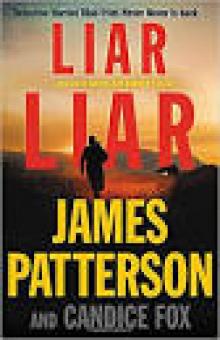 Liar Liar
Liar Liar The Inn
The Inn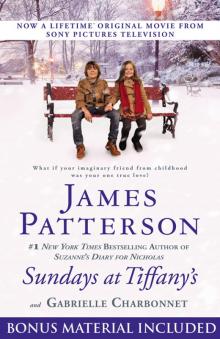 Sundays at Tiffany's
Sundays at Tiffany's Middle School: Escape to Australia
Middle School: Escape to Australia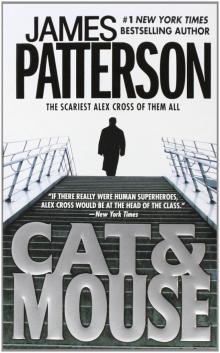 Cat and Mouse
Cat and Mouse Instinct
Instinct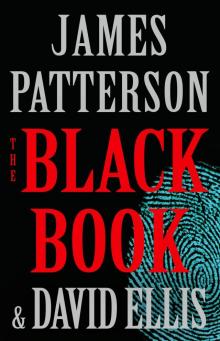 The Black Book
The Black Book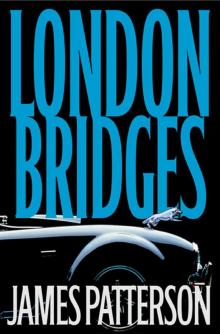 London Bridges
London Bridges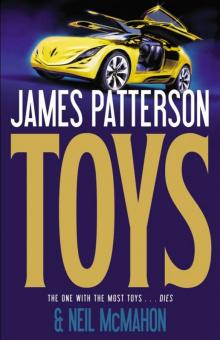 Toys
Toys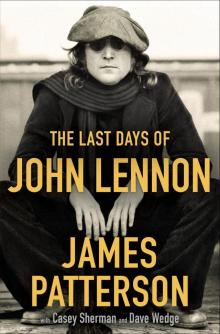 The Last Days of John Lennon
The Last Days of John Lennon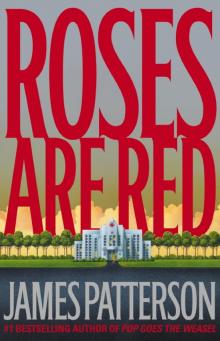 Roses Are Red
Roses Are Red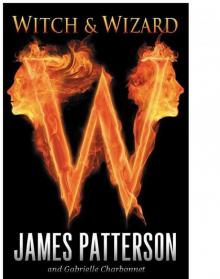 Witch & Wizard
Witch & Wizard The Dolls
The Dolls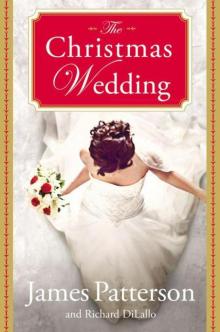 The Christmas Wedding
The Christmas Wedding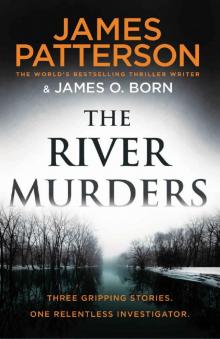 The River Murders
The River Murders The 18th Abduction
The 18th Abduction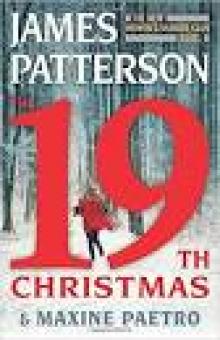 The 19th Christmas
The 19th Christmas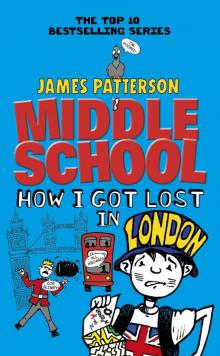 Middle School: How I Got Lost in London
Middle School: How I Got Lost in London Just My Rotten Luck
Just My Rotten Luck Red Alert
Red Alert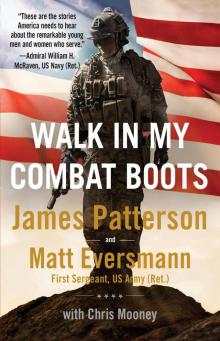 Walk in My Combat Boots
Walk in My Combat Boots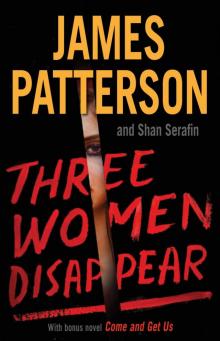 Three Women Disappear
Three Women Disappear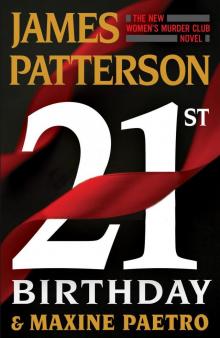 21st Birthday
21st Birthday All-American Adventure
All-American Adventure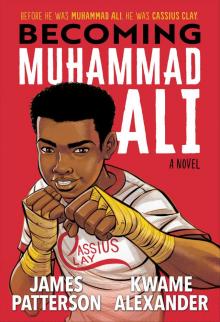 Becoming Muhammad Ali
Becoming Muhammad Ali The Murder of an Angel
The Murder of an Angel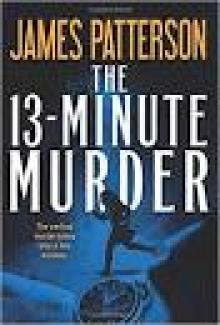 The 13-Minute Murder
The 13-Minute Murder Rebels With a Cause
Rebels With a Cause The Trial
The Trial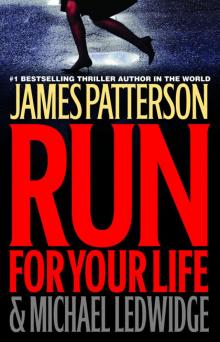 Run for Your Life
Run for Your Life The House Next Door
The House Next Door NYPD Red 2
NYPD Red 2 Ali Cross
Ali Cross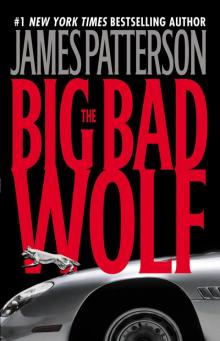 The Big Bad Wolf
The Big Bad Wolf Middle School: My Brother Is a Big, Fat Liar
Middle School: My Brother Is a Big, Fat Liar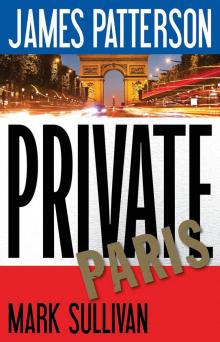 Private Paris
Private Paris Miracle on the 17th Green
Miracle on the 17th Green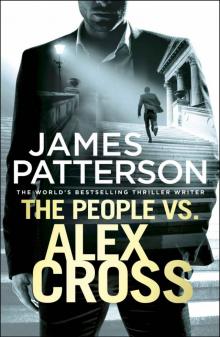 The People vs. Alex Cross
The People vs. Alex Cross The Beach House
The Beach House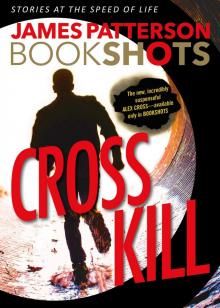 Cross Kill
Cross Kill Dog Diaries
Dog Diaries The President's Daughter
The President's Daughter Happy Howlidays
Happy Howlidays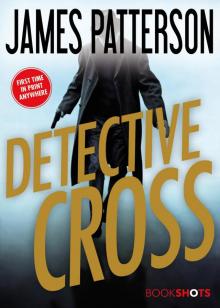 Detective Cross
Detective Cross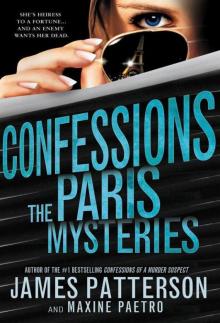 The Paris Mysteries
The Paris Mysteries Watch the Skies
Watch the Skies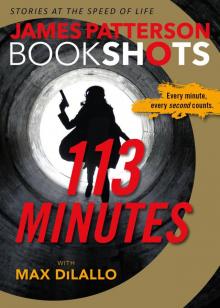 113 Minutes
113 Minutes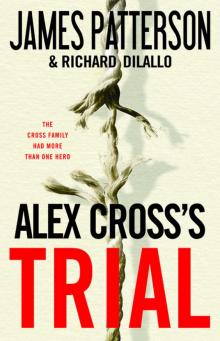 Alex Cross's Trial
Alex Cross's Trial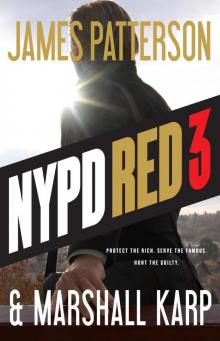 NYPD Red 3
NYPD Red 3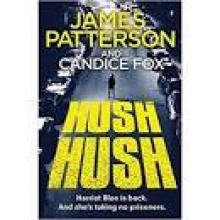 Hush Hush
Hush Hush Now You See Her
Now You See Her Merry Christmas, Alex Cross
Merry Christmas, Alex Cross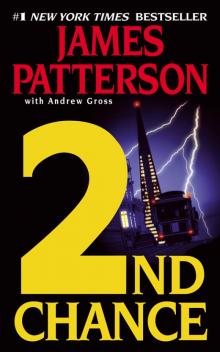 2nd Chance
2nd Chance Private Royals
Private Royals Two From the Heart
Two From the Heart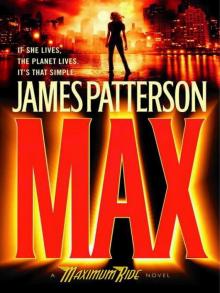 Max
Max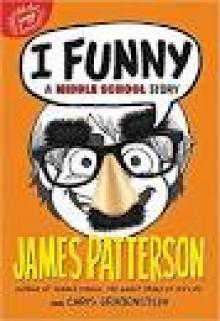 I, Funny
I, Funny Blindside (Michael Bennett)
Blindside (Michael Bennett) Sophia, Princess Among Beasts
Sophia, Princess Among Beasts Armageddon
Armageddon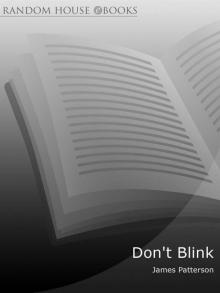 Don't Blink
Don't Blink NYPD Red 6
NYPD Red 6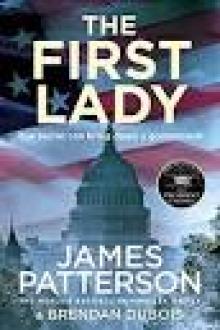 The First Lady
The First Lady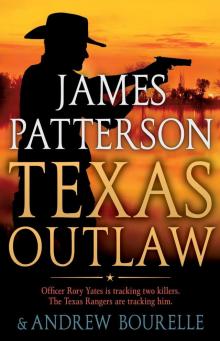 Texas Outlaw
Texas Outlaw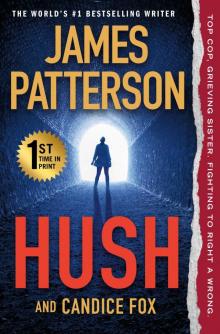 Hush
Hush Beach Road
Beach Road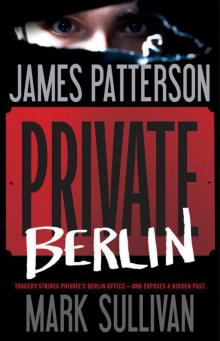 Private Berlin
Private Berlin The Family Lawyer
The Family Lawyer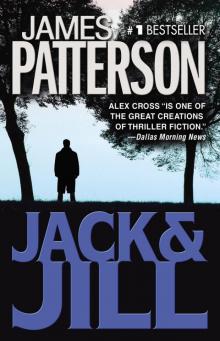 Jack & Jill
Jack & Jill The Midwife Murders
The Midwife Murders Middle School: Rafe's Aussie Adventure
Middle School: Rafe's Aussie Adventure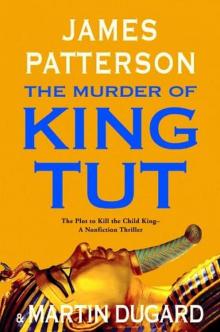 The Murder of King Tut: The Plot to Kill the Child King
The Murder of King Tut: The Plot to Kill the Child King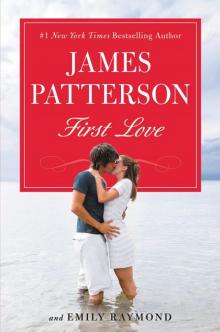 First Love
First Love The Dangerous Days of Daniel X
The Dangerous Days of Daniel X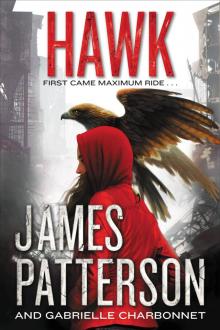 Hawk
Hawk Private Delhi
Private Delhi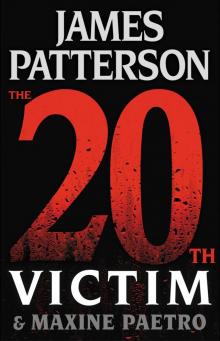 The 20th Victim
The 20th Victim The Shadow
The Shadow Katt vs. Dogg
Katt vs. Dogg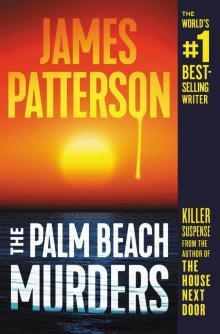 The Palm Beach Murders
The Palm Beach Murders 2 Sisters Detective Agency
2 Sisters Detective Agency Humans, Bow Down
Humans, Bow Down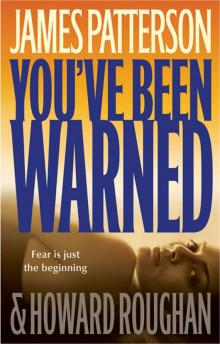 You've Been Warned
You've Been Warned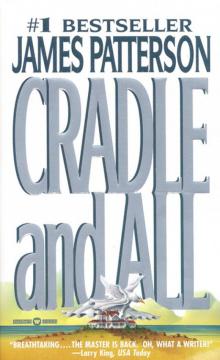 Cradle and All
Cradle and All 20th Victim: (Women’s Murder Club 20) (Women's Murder Club)
20th Victim: (Women’s Murder Club 20) (Women's Murder Club)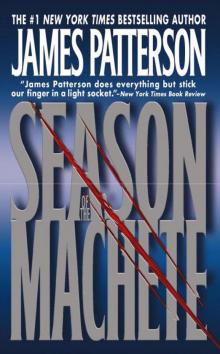 Season of the Machete
Season of the Machete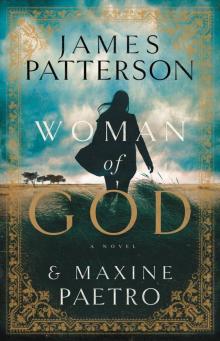 Woman of God
Woman of God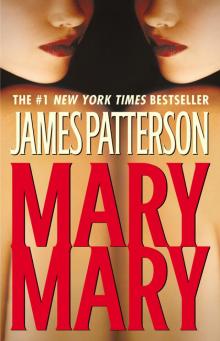 Mary, Mary
Mary, Mary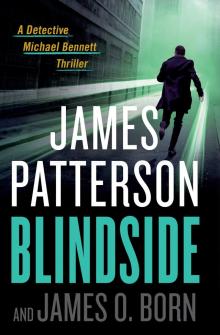 Blindside
Blindside Invisible
Invisible The Chef
The Chef Revenge
Revenge See How They Run
See How They Run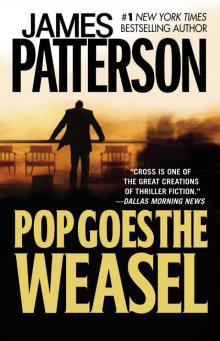 Pop Goes the Weasel
Pop Goes the Weasel 15th Affair
15th Affair Middle School: Get Me Out of Here!
Middle School: Get Me Out of Here!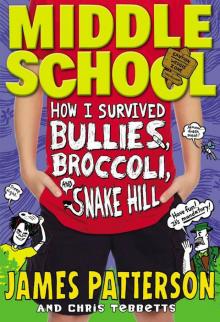 Middle School: How I Survived Bullies, Broccoli, and Snake Hill
Middle School: How I Survived Bullies, Broccoli, and Snake Hill From Hero to Zero - Chris Tebbetts
From Hero to Zero - Chris Tebbetts G'day, America
G'day, America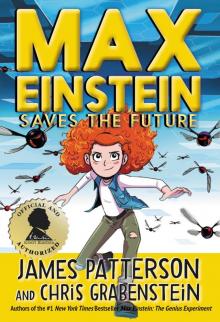 Max Einstein Saves the Future
Max Einstein Saves the Future The Cornwalls Are Gone
The Cornwalls Are Gone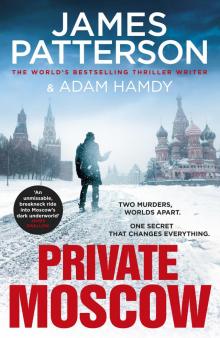 Private Moscow
Private Moscow Two Schools Out - Forever
Two Schools Out - Forever Hollywood 101
Hollywood 101 Deadly Cargo: BookShots
Deadly Cargo: BookShots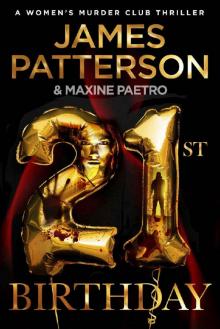 21st Birthday (Women's Murder Club)
21st Birthday (Women's Murder Club) The Sky Is Falling
The Sky Is Falling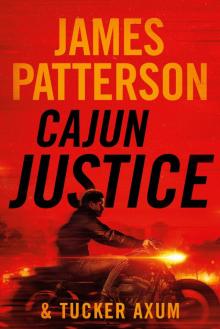 Cajun Justice
Cajun Justice Bennett 06 - Gone
Bennett 06 - Gone The House of Kennedy
The House of Kennedy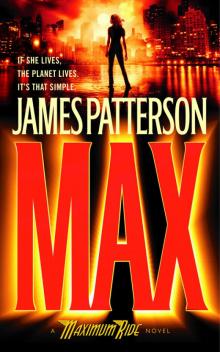 Waterwings
Waterwings Murder is Forever, Volume 2
Murder is Forever, Volume 2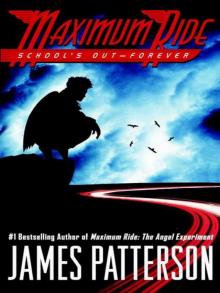 Maximum Ride 02
Maximum Ride 02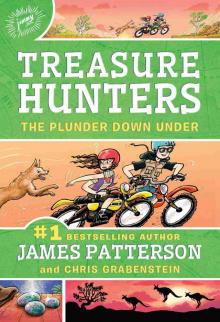 Treasure Hunters--The Plunder Down Under
Treasure Hunters--The Plunder Down Under Private Royals: BookShots (A Private Thriller)
Private Royals: BookShots (A Private Thriller) After the End
After the End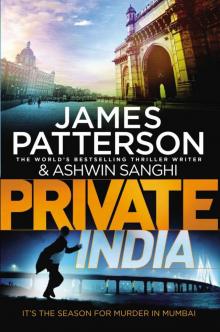 Private India: (Private 8)
Private India: (Private 8) Escape to Australia
Escape to Australia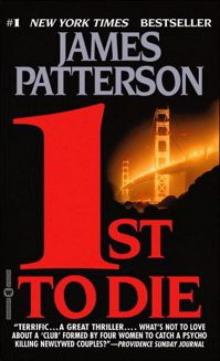 WMC - First to Die
WMC - First to Die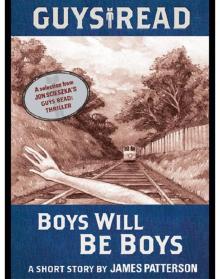 Boys Will Be Boys
Boys Will Be Boys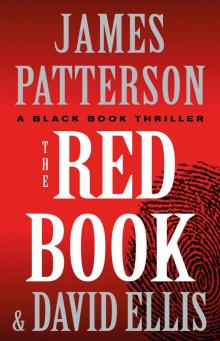 The Red Book
The Red Book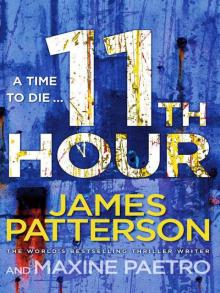 11th hour wmc-11
11th hour wmc-11 Hidden
Hidden You've Been Warned--Again
You've Been Warned--Again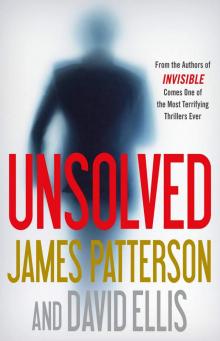 Unsolved
Unsolved Pottymouth and Stoopid
Pottymouth and Stoopid Hope to Die: (Alex Cross 22)
Hope to Die: (Alex Cross 22) The Moores Are Missing
The Moores Are Missing Black & Blue: BookShots (Detective Harriet Blue Series)
Black & Blue: BookShots (Detective Harriet Blue Series) Airport - Code Red: BookShots
Airport - Code Red: BookShots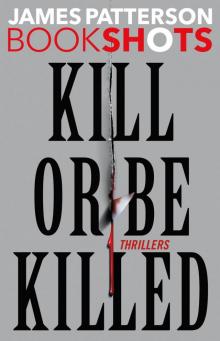 Kill or Be Killed
Kill or Be Killed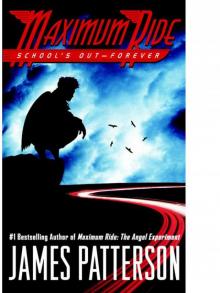 School's Out--Forever
School's Out--Forever When the Wind Blows
When the Wind Blows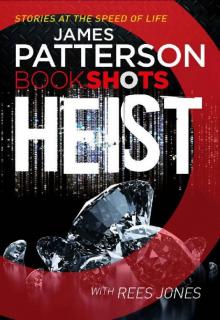 Heist: BookShots
Heist: BookShots Murder of Innocence (Murder Is Forever)
Murder of Innocence (Murder Is Forever) Red Alert_An NYPD Red Mystery
Red Alert_An NYPD Red Mystery Malicious
Malicious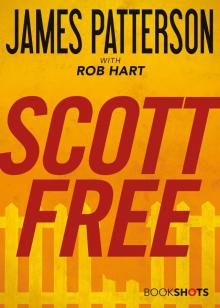 Scott Free
Scott Free The Summer House
The Summer House French Kiss
French Kiss Treasure Hunters
Treasure Hunters Murder Is Forever, Volume 1
Murder Is Forever, Volume 1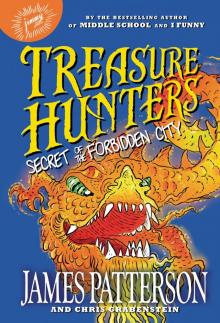 Secret of the Forbidden City
Secret of the Forbidden City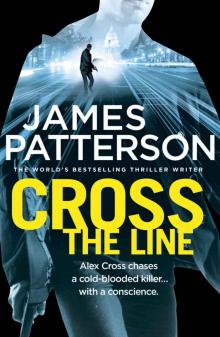 Cross the Line: (Alex Cross 24)
Cross the Line: (Alex Cross 24)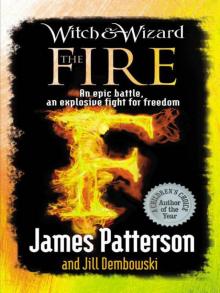 Witch & Wizard: The Fire
Witch & Wizard: The Fire![Women's Murder Club [06] The 6th Target Read online](http://i1.bookreadfree.com/i/03/24/womens_murder_club_06_the_6th_target_preview.jpg) Women's Murder Club [06] The 6th Target
Women's Murder Club [06] The 6th Target Cross My Heart ac-21
Cross My Heart ac-21 Alex Cross’s Trial ак-15
Alex Cross’s Trial ак-15 Alex Cross 03 - Jack & Jill
Alex Cross 03 - Jack & Jill Liar Liar: (Harriet Blue 3) (Detective Harriet Blue Series)
Liar Liar: (Harriet Blue 3) (Detective Harriet Blue Series) Cross Country ак-14
Cross Country ак-14 Honeymoon h-1
Honeymoon h-1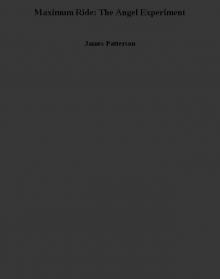 Maximum Ride: The Angel Experiment
Maximum Ride: The Angel Experiment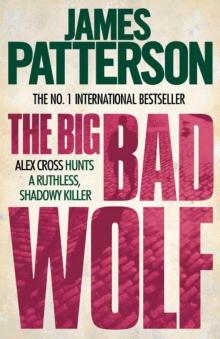 The Big Bad Wolf ак-9
The Big Bad Wolf ак-9 Dead Heat: BookShots (Book Shots)
Dead Heat: BookShots (Book Shots) Kill and Tell
Kill and Tell Avalanche
Avalanche Robot Revolution
Robot Revolution Public School Superhero
Public School Superhero 12th of Never
12th of Never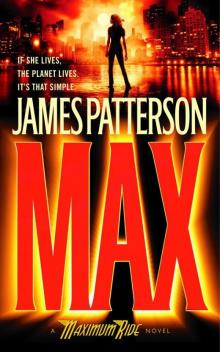 Max: A Maximum Ride Novel
Max: A Maximum Ride Novel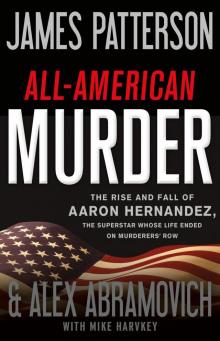 All-American Murder
All-American Murder Murder Games
Murder Games Robots Go Wild!
Robots Go Wild! My Life Is a Joke
My Life Is a Joke Private: Gold
Private: Gold Demons and Druids
Demons and Druids Jacky Ha-Ha
Jacky Ha-Ha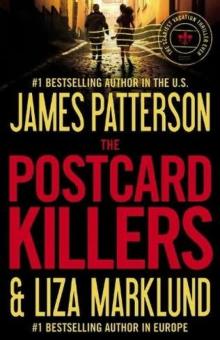 Postcard killers
Postcard killers Princess: A Private Novel
Princess: A Private Novel Kill Alex Cross ac-18
Kill Alex Cross ac-18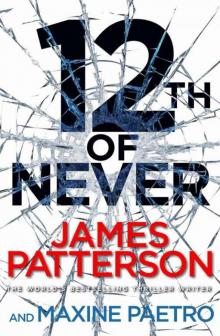 12th of Never wmc-12
12th of Never wmc-12 The Murder of King Tut
The Murder of King Tut I Totally Funniest
I Totally Funniest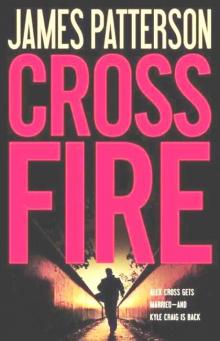 Cross Fire ак-17
Cross Fire ак-17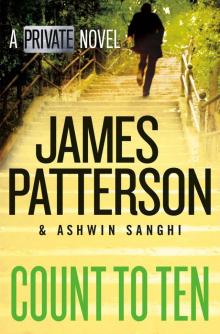 Count to Ten
Count to Ten![Women's Murder Club [10] 10th Anniversary Read online](http://i1.bookreadfree.com/i1/03/30/womens_murder_club_10_10th_anniversary_preview.jpg) Women's Murder Club [10] 10th Anniversary
Women's Murder Club [10] 10th Anniversary![Women's Murder Club [01] 1st to Die Read online](http://i1.bookreadfree.com/i1/03/31/womens_murder_club_01_1st_to_die_preview.jpg) Women's Murder Club [01] 1st to Die
Women's Murder Club [01] 1st to Die I, Michael Bennett mb-5
I, Michael Bennett mb-5 Nooners
Nooners![Women's Murder Club [08] The 8th Confession Read online](http://i1.bookreadfree.com/i1/04/03/womens_murder_club_08_the_8th_confession_preview.jpg) Women's Murder Club [08] The 8th Confession
Women's Murder Club [08] The 8th Confession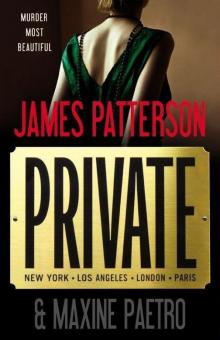 Private jm-1
Private jm-1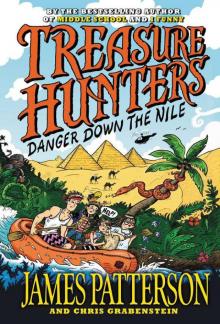 Treasure Hunters: Danger Down the Nile
Treasure Hunters: Danger Down the Nile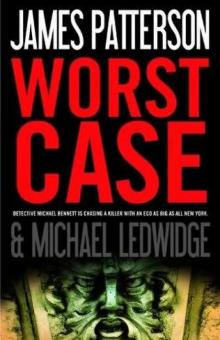 Worst Case mb-3
Worst Case mb-3 Don’t Blink
Don’t Blink The Games
The Games The Medical Examiner: A Women's Murder Club Story
The Medical Examiner: A Women's Murder Club Story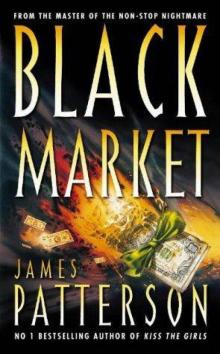 Black Market
Black Market Gone mb-6
Gone mb-6![Women's Murder Club [02] 2nd Chance Read online](http://i1.bookreadfree.com/i1/04/04/womens_murder_club_02_2nd_chance_preview.jpg) Women's Murder Club [02] 2nd Chance
Women's Murder Club [02] 2nd Chance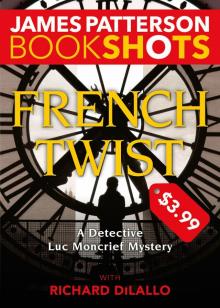 French Twist
French Twist Kenny Wright
Kenny Wright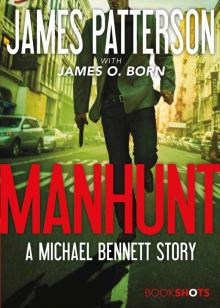 Manhunt: A Michael Bennett Story
Manhunt: A Michael Bennett Story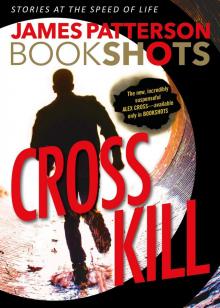 Cross Kill: An Alex Cross Story
Cross Kill: An Alex Cross Story Confessions of a Murder Suspect td-1
Confessions of a Murder Suspect td-1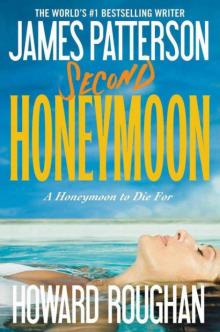 Second Honeymoon h-2
Second Honeymoon h-2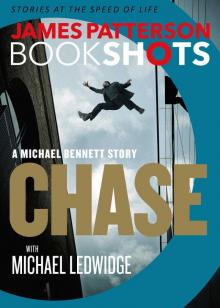 Chase_A BookShot_A Michael Bennett Story
Chase_A BookShot_A Michael Bennett Story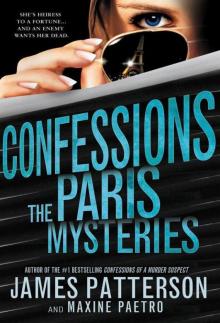 Confessions: The Paris Mysteries
Confessions: The Paris Mysteries![Women's Murder Club [09] The 9th Judgment Read online](http://i1.bookreadfree.com/i2/04/08/womens_murder_club_09_the_9th_judgment_preview.jpg) Women's Murder Club [09] The 9th Judgment
Women's Murder Club [09] The 9th Judgment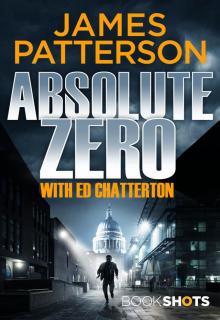 Absolute Zero
Absolute Zero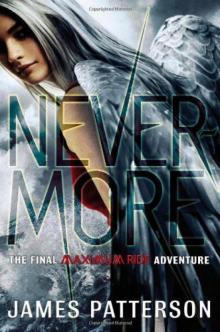 Nevermore: The Final Maximum Ride Adventure mr-8
Nevermore: The Final Maximum Ride Adventure mr-8 Angel: A Maximum Ride Novel mr-7
Angel: A Maximum Ride Novel mr-7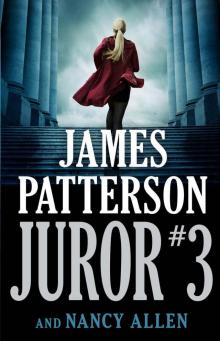 Juror #3
Juror #3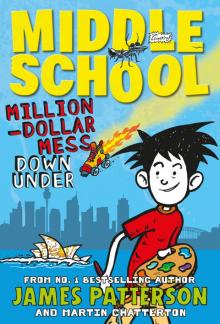 Million-Dollar Mess Down Under
Million-Dollar Mess Down Under The Verdict: BookShots (A Jon Roscoe Thriller)
The Verdict: BookShots (A Jon Roscoe Thriller)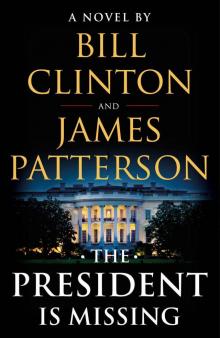 The President Is Missing: A Novel
The President Is Missing: A Novel![Women's Murder Club [04] 4th of July Read online](http://i1.bookreadfree.com/i2/04/06/womens_murder_club_04_4th_of_july_preview.jpg) Women's Murder Club [04] 4th of July
Women's Murder Club [04] 4th of July The Hostage: BookShots (Hotel Series)
The Hostage: BookShots (Hotel Series)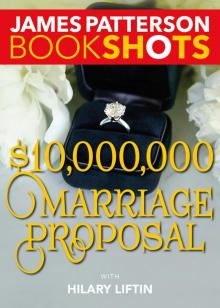 $10,000,000 Marriage Proposal
$10,000,000 Marriage Proposal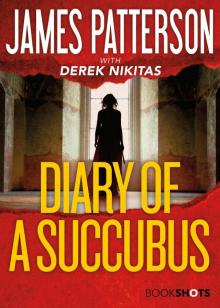 Diary of a Succubus
Diary of a Succubus Unbelievably Boring Bart
Unbelievably Boring Bart Angel: A Maximum Ride Novel
Angel: A Maximum Ride Novel Stingrays
Stingrays Confessions: The Private School Murders
Confessions: The Private School Murders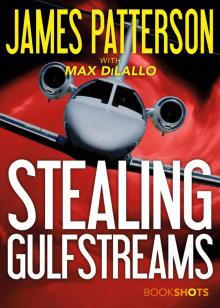 Stealing Gulfstreams
Stealing Gulfstreams![Women's Murder Club [05] The 5th Horseman Read online](http://i1.bookreadfree.com/i2/04/05/womens_murder_club_05_the_5th_horseman_preview.jpg) Women's Murder Club [05] The 5th Horseman
Women's Murder Club [05] The 5th Horseman Zoo 2
Zoo 2 Jack Morgan 02 - Private London
Jack Morgan 02 - Private London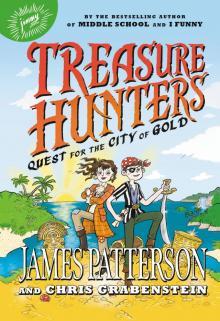 Treasure Hunters--Quest for the City of Gold
Treasure Hunters--Quest for the City of Gold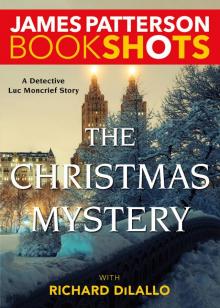 The Christmas Mystery
The Christmas Mystery Murder in Paradise
Murder in Paradise Kidnapped: BookShots (A Jon Roscoe Thriller)
Kidnapped: BookShots (A Jon Roscoe Thriller) Triple Homicide_Thrillers
Triple Homicide_Thrillers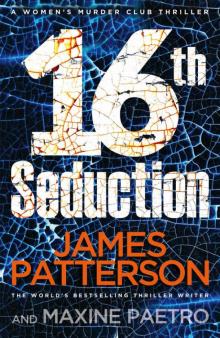 16th Seduction: (Women’s Murder Club 16) (Women's Murder Club)
16th Seduction: (Women’s Murder Club 16) (Women's Murder Club)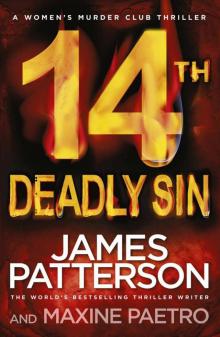 14th Deadly Sin: (Women’s Murder Club 14)
14th Deadly Sin: (Women’s Murder Club 14) Texas Ranger
Texas Ranger Witch & Wizard 04 - The Kiss
Witch & Wizard 04 - The Kiss![Women's Murder Club [03] 3rd Degree Read online](http://i1.bookreadfree.com/i2/04/12/womens_murder_club_03_3rd_degree_preview.jpg) Women's Murder Club [03] 3rd Degree
Women's Murder Club [03] 3rd Degree Break Point: BookShots
Break Point: BookShots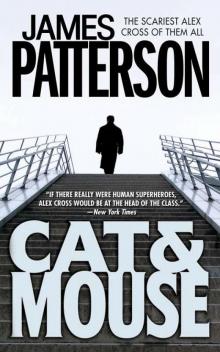 Alex Cross 04 - Cat & Mouse
Alex Cross 04 - Cat & Mouse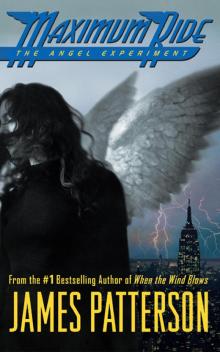 Maximum Ride
Maximum Ride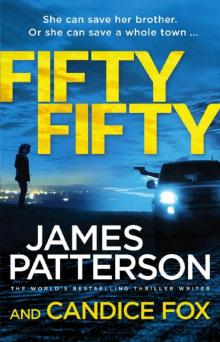 Fifty Fifty: (Harriet Blue 2) (Detective Harriet Blue Series)
Fifty Fifty: (Harriet Blue 2) (Detective Harriet Blue Series) Alex Cross 02 - Kiss the Girls
Alex Cross 02 - Kiss the Girls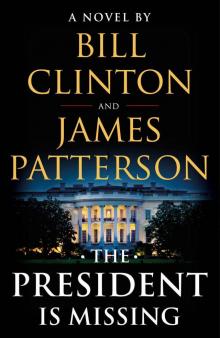 The President Is Missing
The President Is Missing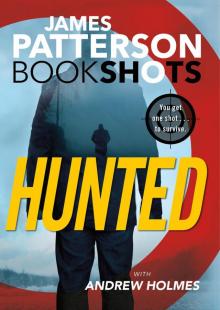 Hunted
Hunted House of Robots
House of Robots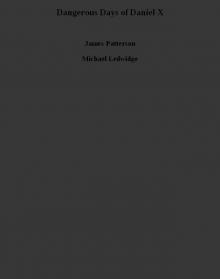 Dangerous Days of Daniel X
Dangerous Days of Daniel X Tick Tock mb-4
Tick Tock mb-4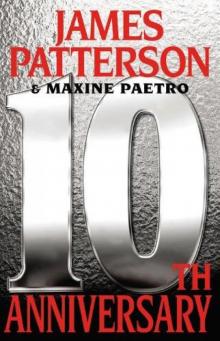 10th Anniversary wmc-10
10th Anniversary wmc-10 The Exile
The Exile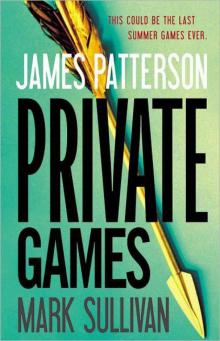 Private Games-Jack Morgan 4 jm-4
Private Games-Jack Morgan 4 jm-4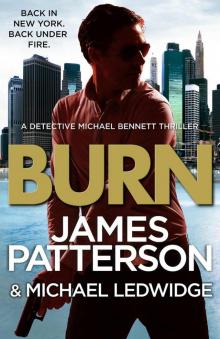 Burn: (Michael Bennett 7)
Burn: (Michael Bennett 7) Laugh Out Loud
Laugh Out Loud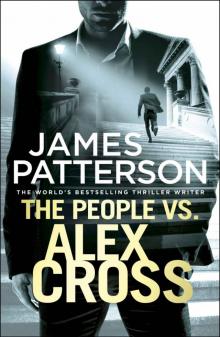 The People vs. Alex Cross: (Alex Cross 25)
The People vs. Alex Cross: (Alex Cross 25)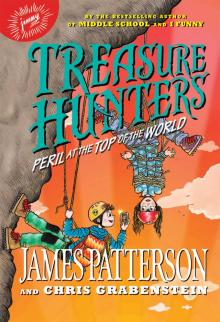 Peril at the Top of the World
Peril at the Top of the World I Funny TV
I Funny TV Merry Christmas, Alex Cross ac-19
Merry Christmas, Alex Cross ac-19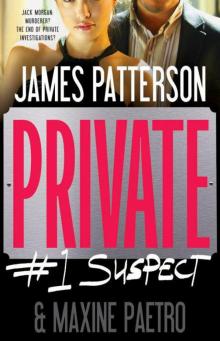 #1 Suspect jm-3
#1 Suspect jm-3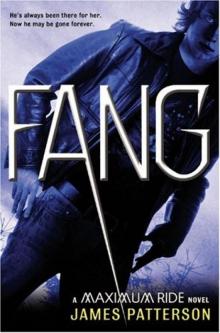 Fang: A Maximum Ride Novel
Fang: A Maximum Ride Novel![Women's Murder Club [07] 7th Heaven Read online](http://i1.bookreadfree.com/i2/04/13/womens_murder_club_07_7th_heaven_preview.jpg) Women's Murder Club [07] 7th Heaven
Women's Murder Club [07] 7th Heaven The End
The End